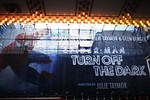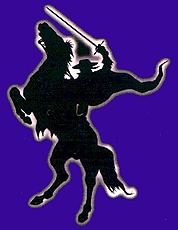Marc Alan Fishman: In Defense of the Modern Comic – Continuity
 One more time to the well I go! As with my articles over the last two weeks … I’m taking to task one Tim Marchman of the Wall Street Journal. He quipped that the comic industry is in a tailspin in part because of “clumsy art, poor writing, and (and I’m paraphrasing…) the clinging-to-continuity.” I’ve defended the art. I’ve defended the writing. I might as well finish off the trifecta of telling this putz where to shove his opinions, right? Even if it gets Mike Gold in a tizzy.
One more time to the well I go! As with my articles over the last two weeks … I’m taking to task one Tim Marchman of the Wall Street Journal. He quipped that the comic industry is in a tailspin in part because of “clumsy art, poor writing, and (and I’m paraphrasing…) the clinging-to-continuity.” I’ve defended the art. I’ve defended the writing. I might as well finish off the trifecta of telling this putz where to shove his opinions, right? Even if it gets Mike Gold in a tizzy.
It’s the argument I hear (and honestly have made myself… whoops) time and again; Modern comic books are too hard to get into because they have a nearly-impossible-to-grasp forever-changing mythology. In fact, this very argument was brought to life (and a live audience) to WBEZ (Chicago’s NPR affiliate) at a well-attended debate. At that debate? Tim Seeley, Mike Norton, and a handful of other local comic artists and writers. Suffice to say, the argument has legs. Long, tall, sultry legs. Legs that start at the floor, and go up to the heavens. The kind of legs that keep lesser men at bay. OK, I’ll stop with the leg analogy. I get it. Really, I do. “If I want to read Spider-Man, I need to read decades worth of stories to understand what’s going on!”
Bull-poop.
Sorry, my son is watching me type.
Huh. Now there’s something to latch on to – my son. Soon, Bennett will gain the power of language and communication. And I plan to read him a comic book every night before bed. Why? Because I want to teach him, from as early an age as possible, that comic books (and their never-ending back-stories) are entirely accessible. From the simplest base of knowledge – sometimes rooted only in the musings, opinions, and un-fact-checked thoughts of another comic book fan – enjoyment is not hindered by a lengthy back story. In fact, when handled well, a story with a rich history only yields further desire to immerse ones’ self in the adventure further.
Case in point? GrimJack
When “The Manx Cat” hit shelves, I nabbed it, tepidly. Knowing nothing of the adventures of the beret-wearing, bar-owning, sword-gun-and-sorcery-using mercenary, I still made the purchase. The issue was clearly meant to attract a new reader (as DC did with relaunching their entire line, and Marvel does when they append a “.1” to a book’s numbering). As I recall, the inside front cover didn’t have a lengthy history report. Over the course of six issues, I learned what I could from what John Ostrander presented. Some of it was easy enough to latch on to. “This guy’s been around the block a few times. Seems to have an elaborate network of operatives, friends, and history around this universe.” Other things made me scratch my noodle. “He’s obviously referencing a previous adventure the older fans know. Hmm. Sounds interesting. Maybe I’ll go back and check it out…”
And therein lies my point. All it took was a spark of interest, and I dove in. Comic books are akin to other serialized mediums – Professional Wrestling and Soap Operas come to mind. Before your eyes roll, and you snort loud enough to make the cat wake up, hold tight. When I uttered (err, typed) those phrases, did the hair on the back of your neck raise up just a little? Well, suck it up, nerdlinger. For the “big two” in the industry… their wares aren’t really all that different from Vince McMahon’s steroid showcase, or the major networks’ never-ending dramas of soapy nature. The fact is the very root of comic books is tied to the idea of serialization. To proclaim it being part of the reason the comic book business is failing is like saying wrestling is failing because it’s fake.
Now, to be fair, Marchman may very well be commenting on modern books being “written for the trade”, which I covered last week. When you walk into the store today, and want to check out The Avengers (cause you just saw that kooky flick, don’t-cha-know…), the first issue you pull off the shelf may be right smack dab in the middle of some zany plot you’ve no clue about. Reading 20 pages of content piling on top of two, three or four previous episodes makes for an nearly impossible-to-enjoy experience. I guess you’d throw up your arms, and leave the shop. Maybe go into the back alley. Buy some drugs. I mean drugs don’t care about history, do they? And they’re just as addictive… Damnit comics! You made another near-fan a drug addict.
Here’s the rub: It’s a lame excuse. If you came out of the movie theater jazzed about the Avengers, a quick jaunt to your local fiction house would help satiate your new-found-taste for muscles and fights. A well-picked trade, or handful of issues later (let’s say about $20 worth, or less if you go digital), you can then start pulling off the rack, right afterwards. Will you know everything going on? No. But if the books are written and drawn well enough? I bet you go back and fill in the gaps. I did with the Fantastic Four, not that long ago. Without any knowledge of the years Hickman spent building his nuanced epic arc, I jumped in head first (right after Johnny “died”). And over the course of the following year? The book rose to the top of my pull list. And now, I’m going back through his entire run. Because I want to know more. All it took was the first step – and admitting my previous excuse for not buying the book was just that… an excuse.
Suffice to say, Marchman’s point about barrier to entry is just a sly dodge away from the real issue (which is more about the Direct Market, availability, and proper marketing by Marvel and DC to potential fans). For those people who say “I’d get into comics, but there’s too much backstory to get through,” what are they really telling you? Jim Gaffigan had it right all along:
“You know my favorite part about that movie? Not reading.”
SUNDAY: Did Somebody Mention John Ostrander?


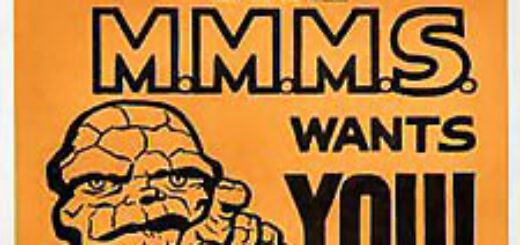
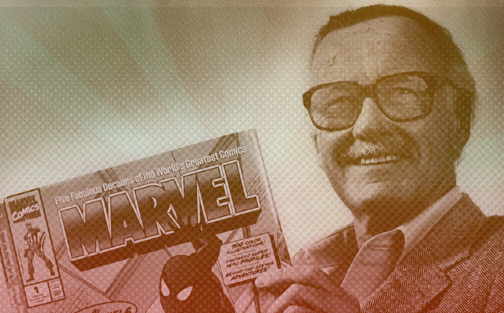
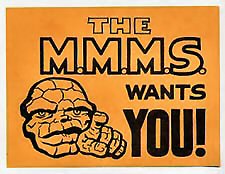 To be fair Stan Lee is much more than the average, Marvel Monkey Boy. He is, unequivocally the Voice of Marvel Comics. The head cheerleader. The band leader of the Mighty Marvel Marching Society. Stan Lee, in many ways, has made himself into a Marvel character as epochal as any Spider-man, Avenger or X-Men. He has done so with a silver tongue, a witty pen, relentless salesmanship, unbridled enthusiasm, and a revisionist memory that defies the continuity strangled editorial policy of Marvel itself.
To be fair Stan Lee is much more than the average, Marvel Monkey Boy. He is, unequivocally the Voice of Marvel Comics. The head cheerleader. The band leader of the Mighty Marvel Marching Society. Stan Lee, in many ways, has made himself into a Marvel character as epochal as any Spider-man, Avenger or X-Men. He has done so with a silver tongue, a witty pen, relentless salesmanship, unbridled enthusiasm, and a revisionist memory that defies the continuity strangled editorial policy of Marvel itself.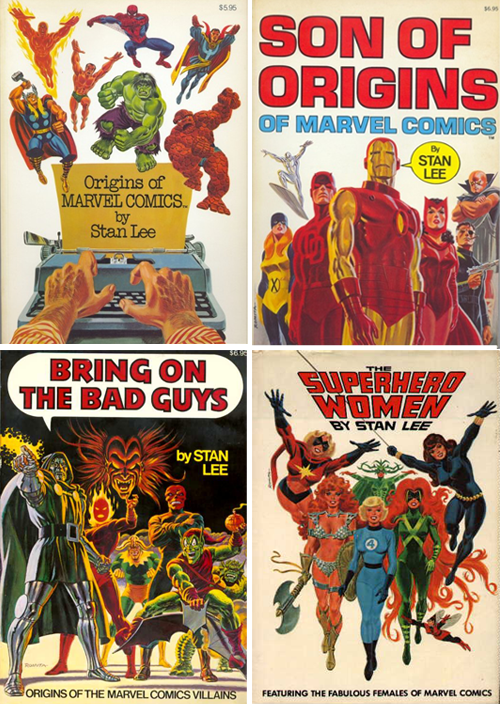
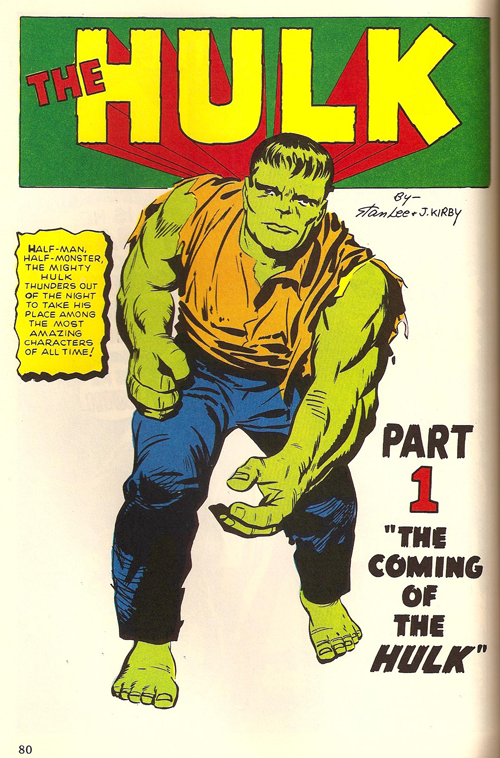
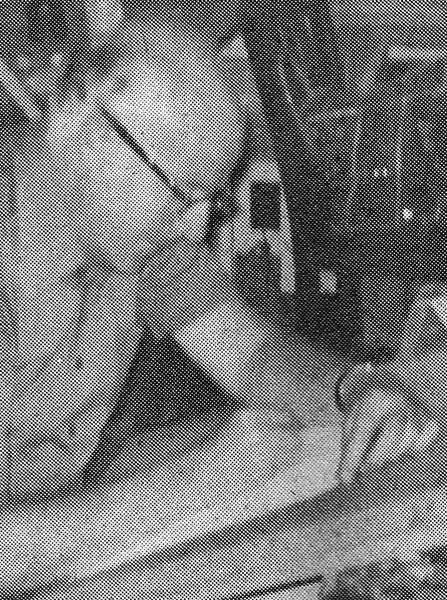

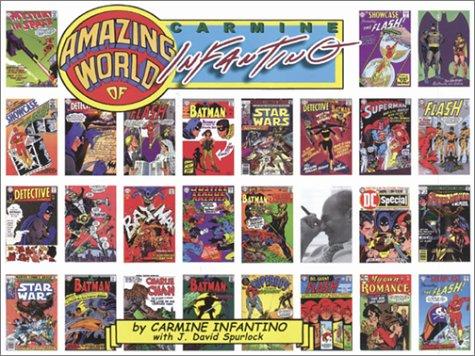 (*This was written during a period when Jack Kirby had left Marvel and gone to DC, unhappy because he was not being paid for what he considered “writing” at Marvel according to Carmine Infantino in his autobiography The Amazing World of Carmine Infantino. Kirby no longer wanted to be “second fiddle” and even declined an opportunity to collaborate with Joe Simon for the same reason though the pair did do a single issue of Sandman together.)
(*This was written during a period when Jack Kirby had left Marvel and gone to DC, unhappy because he was not being paid for what he considered “writing” at Marvel according to Carmine Infantino in his autobiography The Amazing World of Carmine Infantino. Kirby no longer wanted to be “second fiddle” and even declined an opportunity to collaborate with Joe Simon for the same reason though the pair did do a single issue of Sandman together.)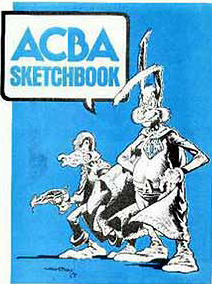 Stan recognized that his greatest resource was his talent pool and, short of finding ways to give them ownership in their creations, he looked for other ways to keep them happy. Stan was even the first president of The Academy of Comic Book Arts that he started with Neal Adams. The ACBA was to be the start of a comic creator’s union of sorts but did not last long.
Stan recognized that his greatest resource was his talent pool and, short of finding ways to give them ownership in their creations, he looked for other ways to keep them happy. Stan was even the first president of The Academy of Comic Book Arts that he started with Neal Adams. The ACBA was to be the start of a comic creator’s union of sorts but did not last long.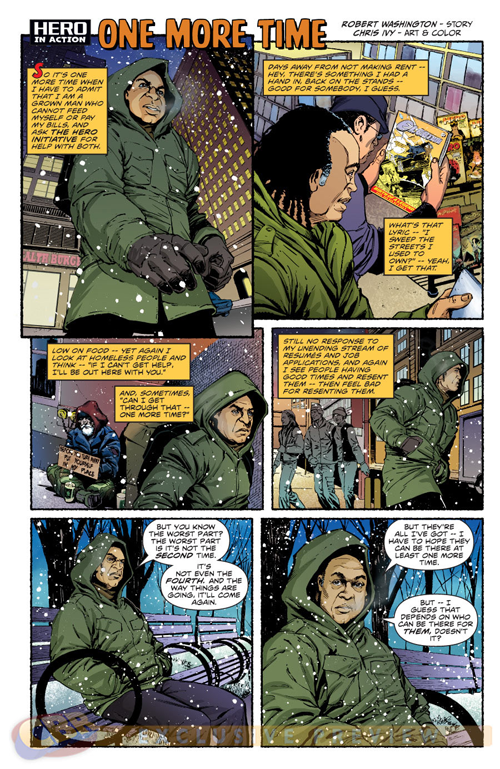
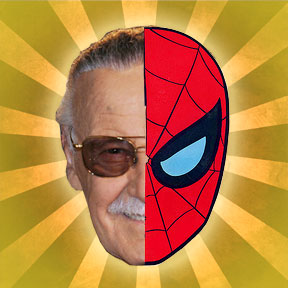 Stan, we love you man, but we need you now, more than ever, to stand up for comic creators or you will be always be cursed with the blame for Marvel cheating the same creators that you personally paraded as stars. You can still make a difference. It’s time to put an end to an archaic, unjust work-for-hire practice that keeps talented people impoverished while a soulless corporation bloats over the spoils of their creative efforts.
Stan, we love you man, but we need you now, more than ever, to stand up for comic creators or you will be always be cursed with the blame for Marvel cheating the same creators that you personally paraded as stars. You can still make a difference. It’s time to put an end to an archaic, unjust work-for-hire practice that keeps talented people impoverished while a soulless corporation bloats over the spoils of their creative efforts.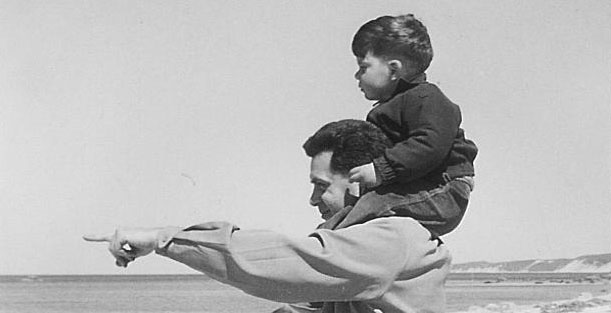

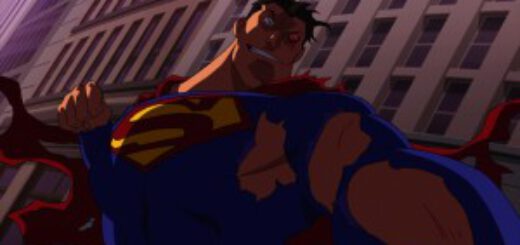






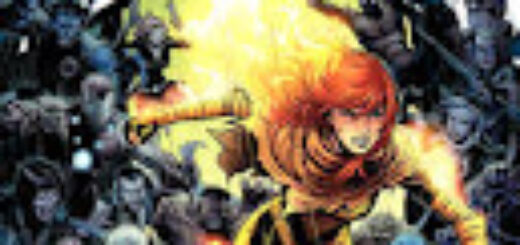
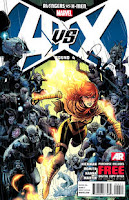


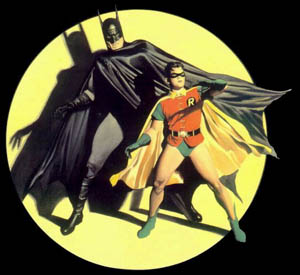





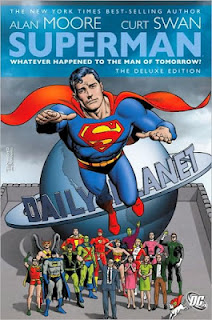 If you know this story at all, you know the quote: “This is an imaginary story…aren’t they all?” That would be true but trite if it weren’t for the fanatical identification of the superhero reader with his favorite characters — and, even more so, with the continuity of their stories. When “
If you know this story at all, you know the quote: “This is an imaginary story…aren’t they all?” That would be true but trite if it weren’t for the fanatical identification of the superhero reader with his favorite characters — and, even more so, with the continuity of their stories. When “
